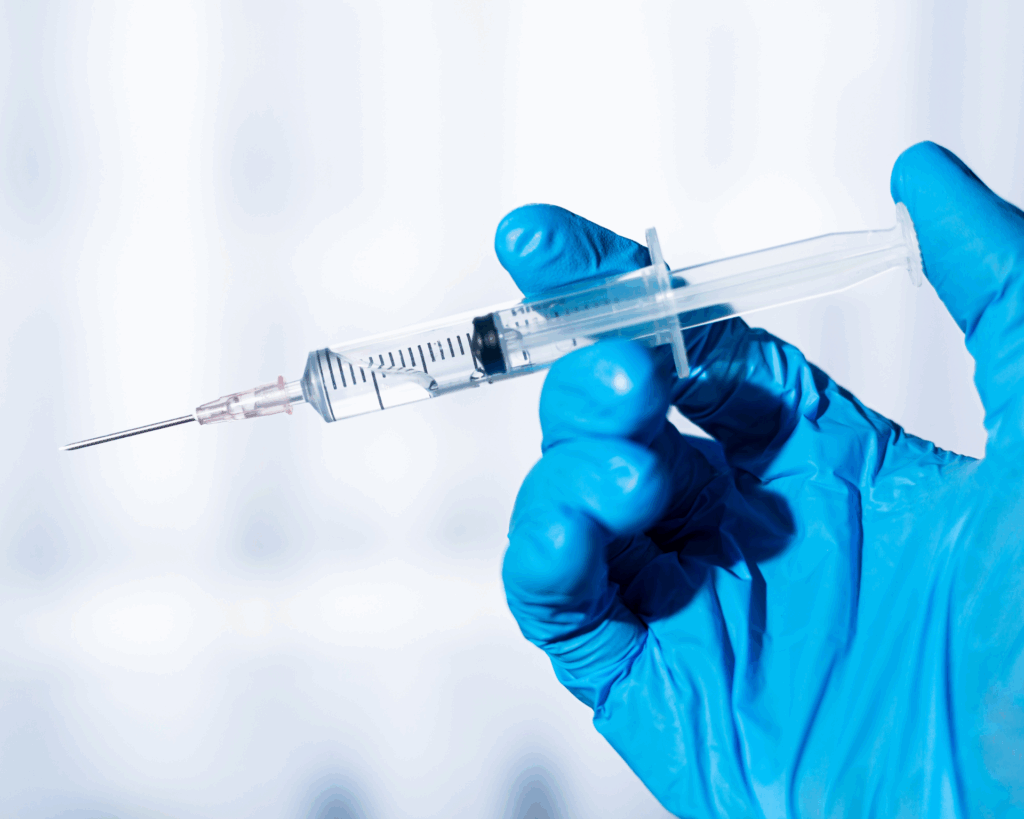The Decline in Hospital-Acquired Conditions
Research by the Agency for Health Research and Quality links Medicare payment incentives and DHHS Partnership for Patients initiative to a 21% reduction in hospital-acquired conditions (HACs).

Read Time: 2 minutes
Published:
Data from the Agency for Health Research and Quality (AHRQ) shows a 21% decrease in hospital-acquired conditions (HACs) from 2010 to 2015, or a decrease of 3.1 million HACs. The decline in HACs over this five year period has resulted in $28 billion in healthcare cost savings and 125,000 fewer mortalities.
What led to this drop in HACs? AHRQ suggests that the Medicare payment incentives and the Department of Health and Human Services Partnership for Patients initiative both contributed to the decline. In 2008, the Center for Medicare & Medicaid Services (CMS) implemented the Inpatient Prospective Payment System which withheld incremental Medicare payment for HACs. The revised payment structure was an effort by CMS to focus more on value-based purchasing. As a result, hospitals could not charge a higher price for certain conditions that patients acquired during their stay.
Research by Dr. Teresa Waters and colleagues demonstrates that the Medicare payment incentives were only successful in reducing certain HACs, such as central line-associated blood stream infection and catheter-associated urinary tract infections. Payment incentives can be a powerful driver of change in health care delivery and quality. However, Dr. Waters warns policymakers not to only rely on monetary incentives to improve quality of care. Further investment in science can result in better preventive measures for HACs.
Databyte via Aine Cryts, What’s Behind the Drop in Hospital-Acquired Conditions? Modern Medicine Network.



